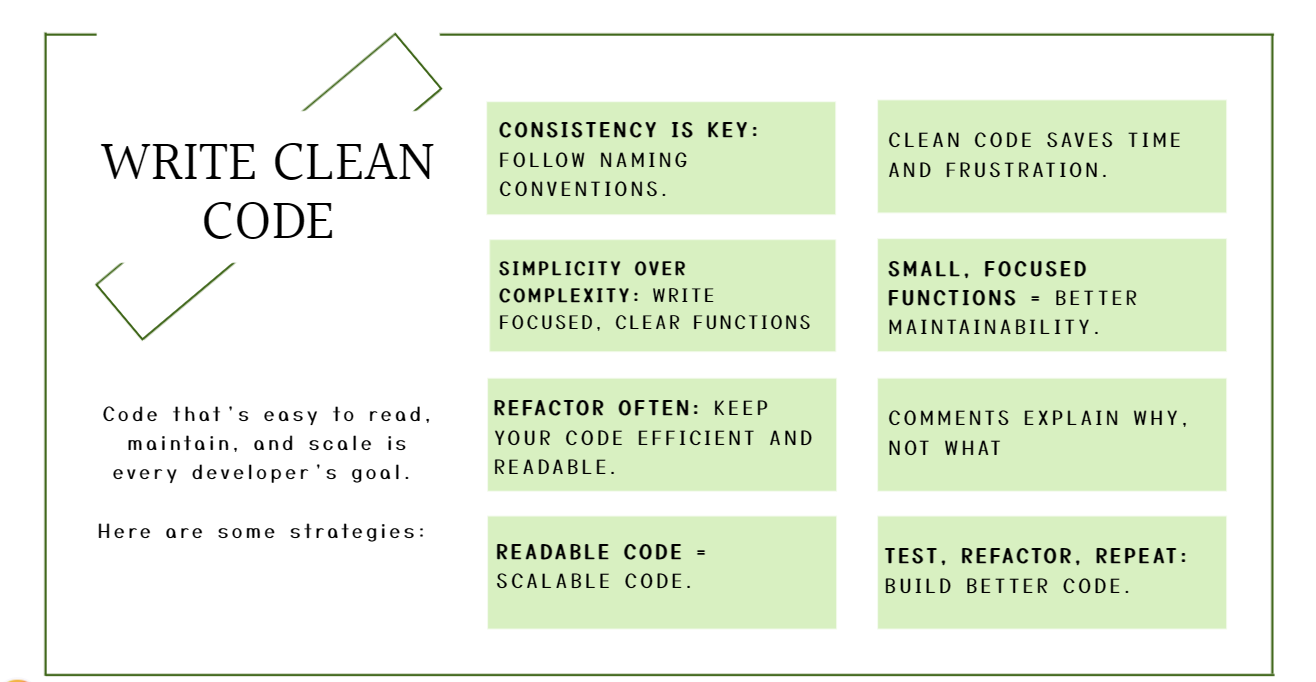Our Blogging Automation Strategy at Citrux Digital
Have you ever felt overwhelmed by the need to manually publish your blog content across multiple platforms? At Citrux Digital, we faced the same challenge and decided to build a seamless solution that not only simplifies this process but also ensures consistency and efficiency. In this blog, we’ll share how we achieved this and how you can apply these principles to enhance your own publishing workflow.
The Challenge
Publishing content on various platforms like LinkedIn, Medium, Dev.to , and sending email updates to subscribers can be time-consuming and prone to errors. Each platform has its own requirements and quirks, making the process repetitive and tedious. Our goal was to create a unified system that would automate this process, allowing us to focus on creating high-quality content

Our Solution: A Unified Publishing Interface
We developed a robust system that leverages the power of Sanity, Make, and AWS Lambda to streamline our content publishing. Here’s how we did it:
1. Content Creation with Sanity
Sanity serves as our content management system, where we create and organize all our blog posts. It ensures that each post maintains a high standard of quality and consistency.
2. Automation with Make
Once a blog post is ready to go live, Sanity triggers a custom webhook. This webhook activates a workflow in Make (formerly Integromat), our automation platform. The workflow performs the following tasks:
- Republishing on Medium and Dev.to: The content is automatically formatted and posted on Medium and Dev.to , ensuring it reaches a wider audience.
- Posting on LinkedIn: The workflow handles the formatting and posting of the content on LinkedIn, engaging our professional network.
- Sending Email Notifications: We’ve integrated AWS Lambda to send out email notifications to our subscribers, keeping them informed about our latest posts.
Here’s a diagram of our automated workflow:

3. Overcoming Integration Challenges
Integrating various tools was not without its challenges. Ensuring seamless communication between Sanity, Make, and AWS Lambda required careful planning and testing. We focused on:
- Consistency: Making sure each platform receives the correct formatting and metadata.
- Reliability: Implementing robust error handling to address any issues during the publishing process.
- Scalability: Designing the system to handle increasing volumes of content and subscribers.
Benefits of Our Approach
By automating our publishing process, we’ve achieved several key benefits:

Practical Applications
Blogging automation is beneficial for businesses, personal blogs, and news sites. Understanding how to effectively engage your audience through automation is key to a successful content marketing strategy.
Conclusion
At Citrux Digital, we believe in leveraging technology to solve real-world problems. Our unified publishing interface is a testament to that belief. Our next steps include integrating publishing capabilities to Instagram and Facebook, further expanding our reach and ensuring a consistent presence across all major social platforms. We encourage you to explore automation solutions to enhance your content strategy and keep your audience engaged without the hassle of manual publishing. If you have any questions or need help setting up a similar system, feel free to reach out to us.
Stay updated with our latest innovations, tips, and tutorials by subscribing to our newsletter. Join our community of forward-thinking professionals and never miss out on the latest trends in content automation.




